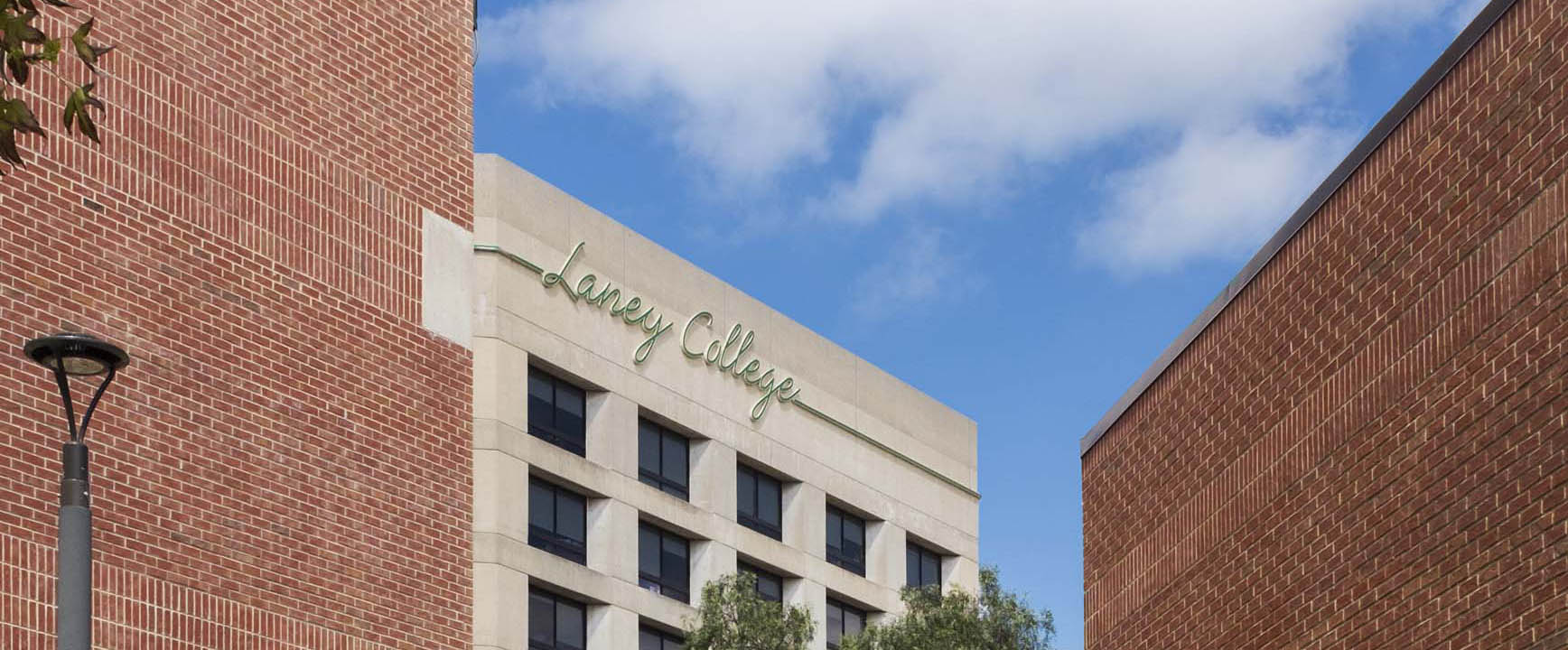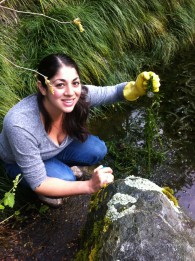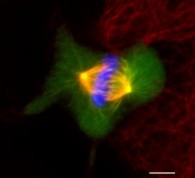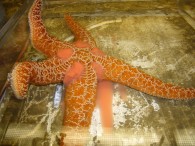You can reach me anytime at mellefsoncrowder@peralta.edu
Background:
While pursuing my undergraduate and graduate education, I realized that one of the things I enjoyed most about biology was sharing the wonders of science with others through teaching and mentorship.
I earned a B.S. in Genetics from UC Davis and went on to earn a Ph.D. from UC Davis in Cell and Developmental Biology. For my dissertation, I investigated the molecular mechanisms that control cell division and how coordination between the cell cycle and cellular machinery ensures proper segregation of chromosomes. Since then, I have been continuing my research on cell division at UC Berkeley.
There are many things I enjoy about doing research and being able to exercise my curiosity on a daily basis. One aspect I love about research, is the opportunity to mentor students in the lab. In addition to research and mentoring in the lab, I have been involved in several areas of undergraduate education. As a graduate student, I served as a TA for the upper division Genetics laboratory course at UC Davis and went on to help develop new curriculum for the course. I participated in the Faculty Diversity Professional Development Program at Los Rios Community College District in Sacramento and co-taught an Introductory Biology course at American River College. I have also developed curriculum for UC Berkeley Extension. To continue to improve my teaching abilities and skills, I actively participate in numerous scientific teaching training programs including the SEPAL Summer Scientific Teaching Institute at SF State.
Approach to teaching:
I aim to foster a collaborative learning environment where students actively participate and work together to teach and learn from one another. My classes are not about memorization. Instead, I focus on guiding students towards building a deep understanding of the material and stress the importance of being able to relate concepts to one another and apply their knowledge to new situations and problems. Towards this effort, it is crucial for me to demonstrate to students how the material is directly relevant to their lives and careers. This is achieved by incorporating real examples that students can relate to. In each class, I provide students opportunities to actively review and practice their knowledge and skills through a variety of engaging tasks, for example case-studies and think-pair-share activities. Together, active learning tasks encourage students to work together to formulate a shared understanding.
Diversity is highly valued and celebrated in my classroom. It is very important to me that all students show respect and awareness for one another, as well as be supportive of one another in their shared pursuit of higher education. In a classroom, every individual has a unique perspective and past experiences that can contribute to the learning experience for the whole class. To encourage and benefit from sharing perspectives, both myself and the students must exercise the utmost respect for one another. We must continuously be aware that we each experience different challenges and privileges, which together inform the knowledge we each have, our individual perspectives, and how we learn.
I truly care about each and every one my students. I do all that I can to get to help each student learn and succeed in achieving their goals. The opportunity to mentor someone and facilitate his or her pursuit of knowledge is my core motivation for teaching. It is my hope that every student leaves my classroom not only with a deeper understanding of biology, but also with confidence knowing that they have my utmost respect and continuous support.
Personal Interests:
When I’m not teaching or doing research, I spend most of my time with my family. I also enjoy running, gardening, cooking, and I love dogs!
Publications:
The following papers are research articles from my graduate work in meiosis and cell division. Click on the titles below to access the articles online.
McNally, KLP, Fabritius, AS, Ellefson, ML, Flynn, JR, Milan, JA, and McNally, FL. (2012). Kinesin-1 prevents capture of the oocyte meiotic spindle by the sperm aster. Dev. Cell. 22: 788-98.
Ellefson, M.L., and McNally, F.J. 2011. CDK-1 inhibits meiotic spindle shortening and dynein-dependent spindle rotation in C. elegans. J. Cell Biol. 193: 1229-44.
Fabritius, A.S., Ellefson, M.L., and McNally, F.J. 2010. Nuclear and spindle positioning during oocyte meiosis. Curr. Opinion Cell Biol. 23: 1-7.
McNally, K.L., Martin, J.L., Ellefson, M.L., and McNally, F.J. 2010. Kinesin-dependent transport results in polarized migration of the nucleus in oocytes and inward movement of yolk granules in meiotic embryos. Dev. Biol. 339: 126-140.
Ellefson, M.L., and F.J. McNally. 2009. Kinesin-1 and cytoplasmic dynein act sequentially to move the meiotic spindle to the oocyte cortex in Caenorhabditis elegans. Mol. Biol. Cell. 20: 2722-2730.
Jaramillo-Lambert A., Ellefson M. L., Villeneuve, A.M., and Engebrecht, J. 2007.Differential timing of S phases, X chromosome replication, and meiotic prophase in the C. elegans germ line. Dev. Biol. 308: 206-221.






